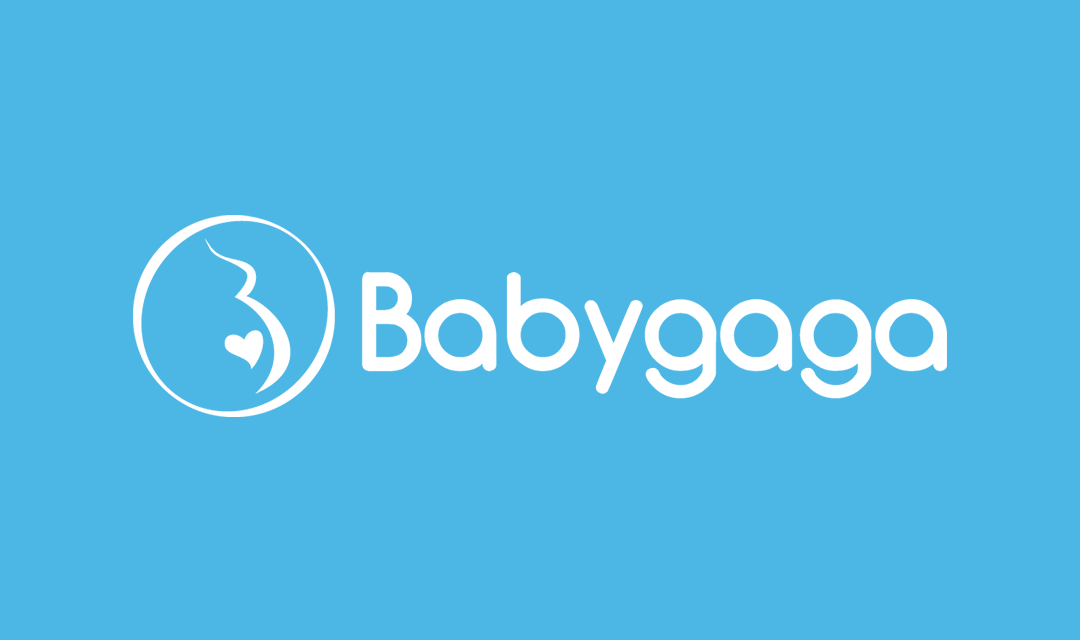[ad_1]
Even though most parents just want a happy, healthy baby, there are many that wouldn’t mind having a say in what their baby’s sex will be. This could be due to personal preference or because of the children they already have. While it’s an impossible thing to guarantee without scientific intervention, some couples have tried to nudge the odds in their favor during conception. There are natural gender selection methods that are said to increase the chances that baby will be a certain sex—but do they work?
Shettles Method
The Shettles method is probably the most well-known approach to natural gender selection. It’s named after the physician that developed and researched it prior to its debut in the 1960s. The book, most recently updated in 2006, is titled How To Choose The Sex Of Your Baby, and has been in high demand for decades. Gender is determined during conception, as millions of sperm enter a woman’s body during ejaculation. Whether the sperm carrying the Y chromosome (male) or the X chromosome (female) is the one that fertilizes the egg is what matters.
The Shettles method centered around the idea that female sperm can live longer, being more resilient and slower moving than male sperm. This would mean that the further from a woman’s ovulation date that sex occurs would make it more likely a girl is conceived. Similarly, if intercourse takes place on or very near the ovulation date the likelihood of conceiving a boy would be greater. The theory was approximately 75 percent successful in creating the desired gender, but more recent studies have shown it may not be as successful as Shettles originally claimed.
Healthline shared research that factors in other attributes such as the shape of both sperm, and that acidic environments are more likely to foster female chromosomes and male sperm favor an alkaline environment. All in all, science can be unclear–some claim it’s effective while others are more skeptical. There’s no harm in trying it out! Just be sure you don’t miss the ovulation window or have too little sex during your fertile time, which would simply lessen your chances of getting pregnant.
Whelan Method
This approach is based on similar science as the Shettles method, although differing in its overall premise. According to What To Expect, the Whelan method focuses on the biochemical changes in a woman’s body that can influence gender during conception. This method suggests that a woman’s biochemistry fluctuates during her cycle, favoring either the sperm carrying the X chromosome or the Y chromosome. The theory says to have sex 4-6 days before ovulation if hoping for a boy, and either 2-3 days before ovulation or closer to ovulation day if hoping for a girl.
Critics of this method say that sperm typically lasts three days at the most, so the likelihood of getting pregnant that far ahead of ovulation—the boy approach—is slim to none. Studies have claimed this method is about 57 percent effective–just over the natural 50/50 odds.
Old Wives’ Tales
These tips lack concrete evidence that doing them will move the needle in either direction, but that hasn’t stopped moms from whispering about them for generations. Some of the most well-known old wives’ tales for selecting a gender include:
- Diet: Rumor has said that having a diet that includes desserts or lots of veggies and fish might boost the chances of having a girl, whereas a diet heavy with meat or salty foods might be connected to having a boy. According to Parents.com, a recent UK study actually did find a connection between conceiving boys and the consumption of breakfast cereal, although it’s not clear if it’s simply the addition of calories or if it’s connected to vitamins and potassium.
- Sexual position: It’s been speculated that positions such as “doggy style” or while standing up are better for making boys, and positions that aren’t as penetrative, like missionary, might be connected to having a girl. This has been referenced with the other methods, as well, going back to the idea that the speedy boy sperm are at an advantage to fertilize the egg with a position that places them closer during ejaculation. The other positions that don’t place the female sperm as close to the egg make conditions more favorable for the steadier-paced female sperm.
Many people swear by these strategies, but there’s no scientific proof that they’ve impacted the likelihood of conceiving a specific gender. It wouldn’t hurt to try—as long as you keep in mind that the odds remain about 50/50.
While the Shettles method appears to be the most promising natural gender selection tactic, it’s still not a certainty. There’s nothing wrong with simply trying and seeing what happens. If you want to select a baby’s sex with higher accuracy, there are techniques like sperm sorting (MicroSort), selecting sex during IVF, and more, all of which come with a cost and involve a medical professional.
Sources: Parents.com, Healthline, WebMD, What To Expect, The Bump
[ad_2]



